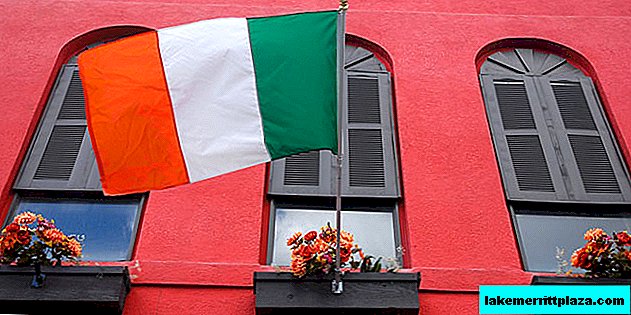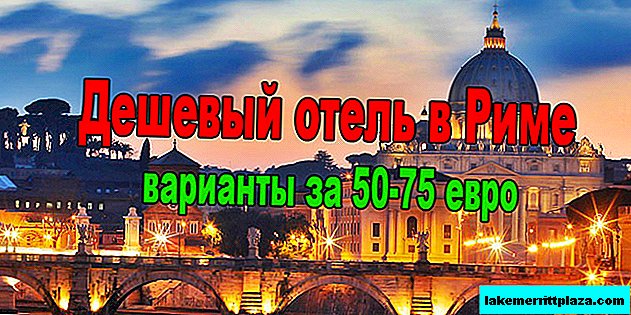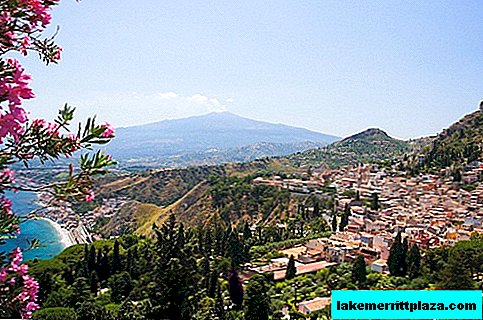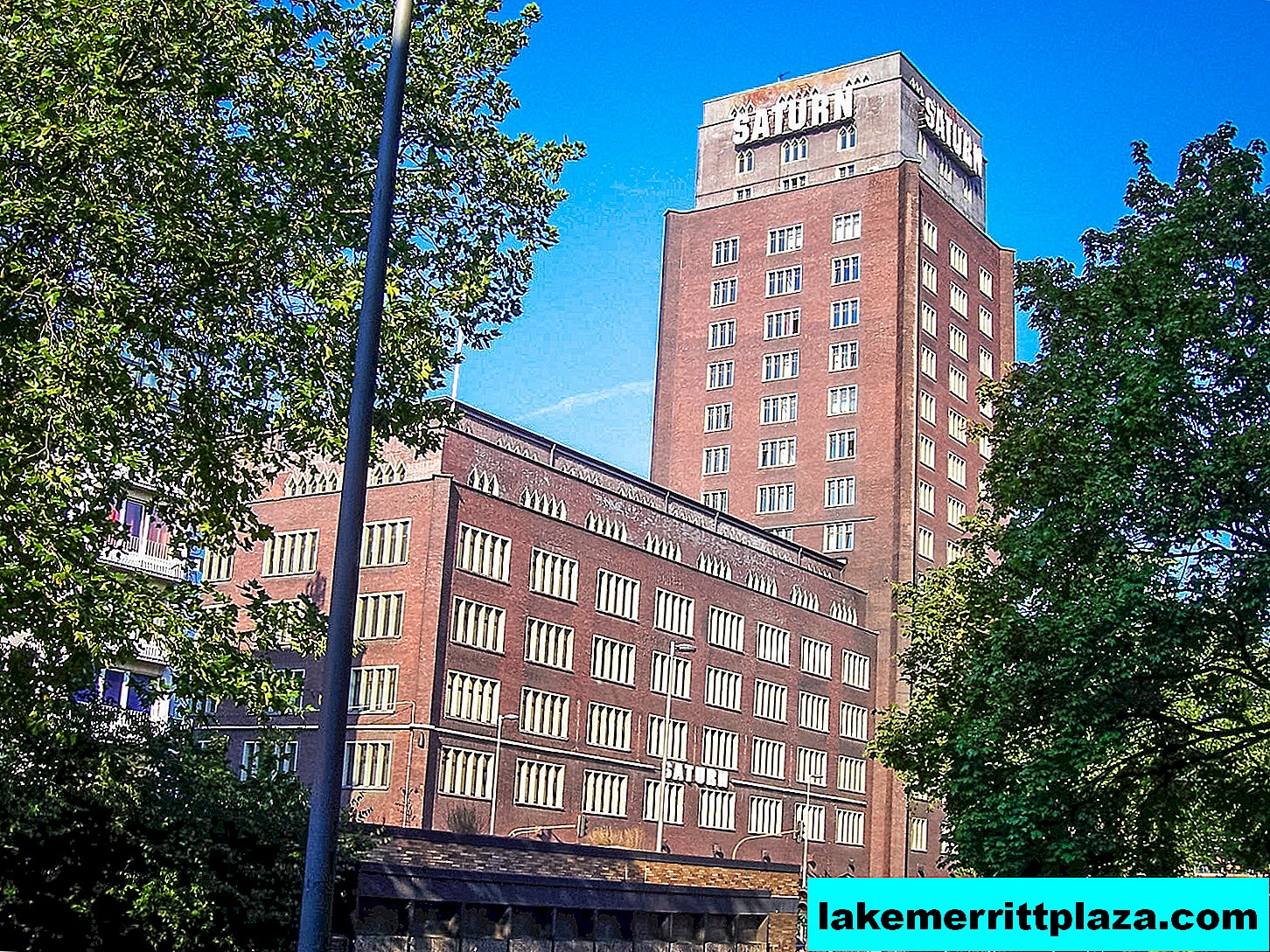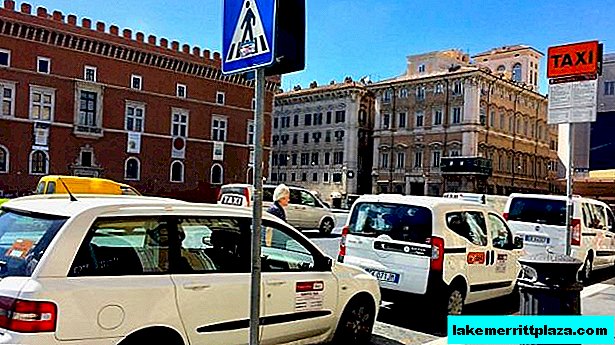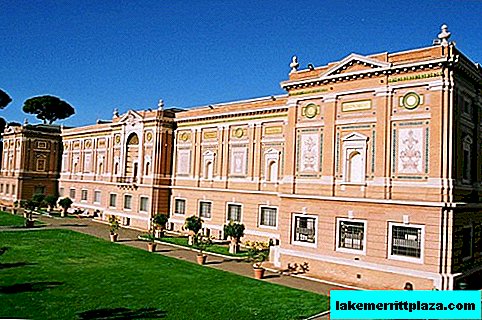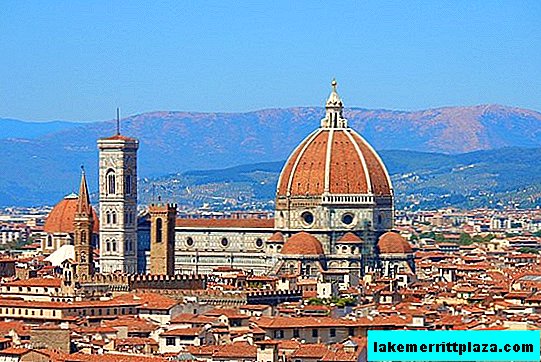The Quirinale is the highest of the 7 hills of Rome. Previously, patricians and noble people settled here. At the top of the hill is the Quirinale Palace. This is the palace of the President of the Republic, the center of political and public life in Italy. Take a walk along the square in front of the palace, look at the majestic fountain and column, at the presidential guard. To visit the palace, an appointment is required.
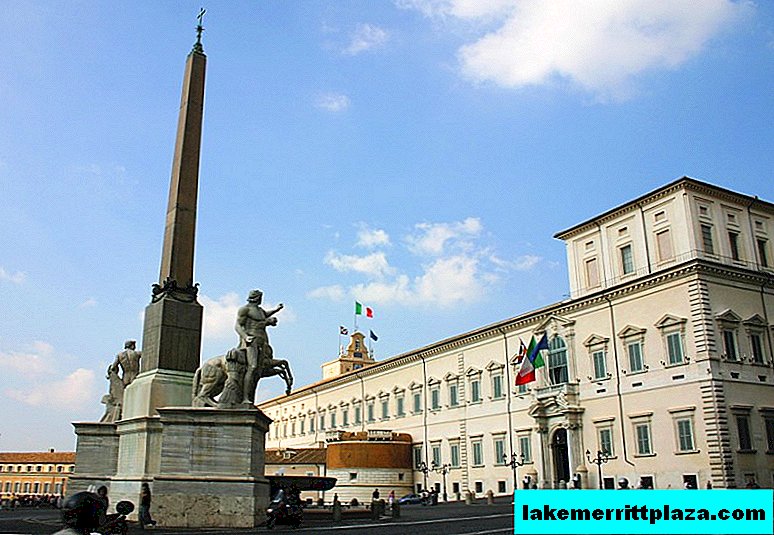
Residence of the President of the Italian Republic, photo by Martha de Jong-Lantink
The Quirinale Palace (Palazzo del Quirinale) is a two-story building with a large courtyard, which is located on the top of the Quirinale Hill in Rome. Above the main entrance there is a loggia with flags: national, with the coat of arms of Italy, the European Union. The palace served as the residence of kings and popes.
On the square in front of the palace there is an impressive size Fountain of Dioscuros (1818) in the form of two giants Castor and Pollux. The Quirinale Gardens are located on the territory of the palace.
A bit of history
The palace was built in 1573, the architect - Domenico Fontana. It was the summer residence of Pope Gregory XIII. The chapel was created by Carlo Maderna. In 1870, the pope lost his power. In 1871, Rome was proclaimed the capital of the kingdom of Italy, and the Quirinale Palace became the official residence of the kings. In 1946, the monarchy was abolished. Now the palace is the official residence of the President of the Italian Republic.
Four Conclaves took place in the Quirinal Palace: 1823, 1829, 1830-1831, 1846.
The interiors of the palace

One of the halls of the palace, photo @@@@@
The Quirinale Palace has a large collection of paintings, sculptures, furniture, tapestries, watches. The building has a large number of rooms, halls, rooms. All of them are unusual and interesting. In the interior of the palace you can see the frescoes of Melozzo da Forlì and Guido Reni, Murano glass chandeliers.
Cabinet of the president
The room where the President’s Office is now used to be a summer papal bedroom. After the accession of Rome to the Italian kingdom, the dining room was in the room. The president is currently in consultations with Senate representatives and ministers in this cabinet. From here, the president addresses the people with New Year's greetings.

The interior of the palace, photo by Raffaele Nicolussi
Mirror Hall
The Mirror Hall was created during Napoleon's occupation of Italy. It was supposed to be the Throne Room. The decor of the hall is replete with mirrors, on the walls - white silk. In the early years, the hall was empty. Since 1877, the room began to be used as a dining room and as a ballroom.
Today in the Mirror Hall hearings of important cases are held, and constitutional judges take the oath. The hall is also called White.




How to get there
Take line A metro to Barberini Station;
by bus 64, 70, 170, H, No. 7, No. 8, No. 9, No. 15, No. 18 to the stop Nazionale / palazzo Esposizioni;
71 - to Milano (Nazionale).

